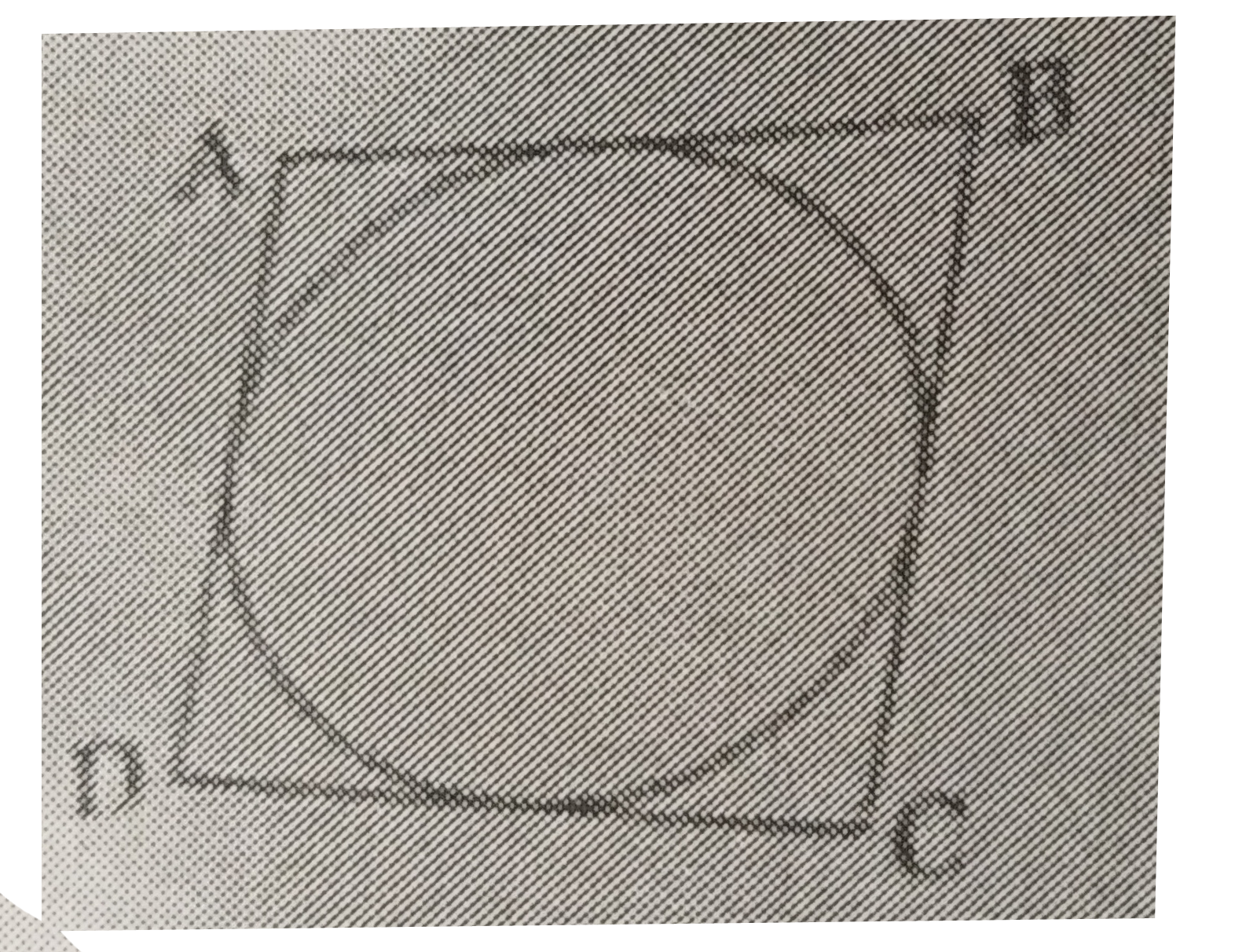In a hexagon ABCDEF circumscribe a circle, prove that AB+CD+EF=BC+DE+FA.
To prove that in a hexagon ABCDEF circumscribed around a circle, the equation AB+CD+EF=BC+DE+FA holds, we can follow these steps:
1. Understanding the Tangents:
Since the hexagon ABCDEF is circumscribed around a circle, each vertex of the hexagon touches the circle. The tangents drawn from a point outside the circle to the circle are equal in length.
2. Assigning Tangent Lengths:
Let:
- AR be the length of the tangent from point A to the circle,
- AM be the length of the tangent from point A to the circle (where A touches the circle),
- BN be the length of the tangent from point B to the circle,
- BM be the length of the tangent from point B to the circle,
- CN be the length of the tangent from point C to the circle,
- DO be the length of the tangent from point D to the circle,
- EP be the length of the tangent from point E to the circle,
- FQ be the length of the tangent from point F to the circle.
3. Setting Up Equalities:
From the properties of tangents, we have:
- AR=AM
- BN=BM
- CN=CO
- DP=DO
- EP=EQ
- FR=FQ
4. Adding the Tangent Lengths:
Now, we can add these equalities:
AR+BN+CN+DP+EP+FR=AM+BM+CO+DO+EQ+FQ
5. Substituting Tangent Lengths:
We can substitute the tangent lengths with the corresponding sides of the hexagon:
- AR+FR=AF
- BN+CN=BC
- DP+EP=DE
- AM+BM=AB
- CO+DO=CD
- EQ+FQ=EF
6. Rearranging the Equation:
Thus, we can rewrite the left-hand side and right-hand side:
AF+BC+DE=AB+CD+EF
7. Finalizing the Proof:
Since AF+BC+DE is equal to AB+CD+EF, we conclude that:
AB+CD+EF=BC+DE+FA
Hence, the statement is proved.
Since the hexagon ABCDEF is circumscribed around a circle, each vertex of the hexagon touches the circle. The tangents drawn from a point outside the circle to the circle are equal in length.
Let:
- AR be the length of the tangent from point A to the circle,
- AM be the length of the tangent from point A to the circle (where A touches the circle),
- BN be the length of the tangent from point B to the circle,
- BM be the length of the tangent from point B to the circle,
- CN be the length of the tangent from point C to the circle,
- DO be the length of the tangent from point D to the circle,
- EP be the length of the tangent from point E to the circle,
- FQ be the length of the tangent from point F to the circle.
From the properties of tangents, we have:
- AR=AM
- BN=BM
- CN=CO
- DP=DO
- EP=EQ
- FR=FQ
Now, we can add these equalities:
AR+BN+CN+DP+EP+FR=AM+BM+CO+DO+EQ+FQ
We can substitute the tangent lengths with the corresponding sides of the hexagon:
- AR+FR=AF
- BN+CN=BC
- DP+EP=DE
- AM+BM=AB
- CO+DO=CD
- EQ+FQ=EF
Thus, we can rewrite the left-hand side and right-hand side:
AF+BC+DE=AB+CD+EF
Since AF+BC+DE is equal to AB+CD+EF, we conclude that:
AB+CD+EF=BC+DE+FA
Hence, the statement is proved.
Topper's Solved these Questions
- CIRCLESBOOK - NAGEEN PRAKASHAN ENGLISHCHAPTER - CIRCLESEXERCISE - Revision Exercise Very Short Answer Question
7 Videos
- CIRCLESBOOK - NAGEEN PRAKASHAN ENGLISHCHAPTER - CIRCLESEXERCISE - Revision Exercise Short Answer Questions
4 Videos
- CIRCLESBOOK - NAGEEN PRAKASHAN ENGLISHCHAPTER - CIRCLESEXERCISE - Problems From NCERT/exemplar
11 Videos
- ARITHMETIC PROGRESSIONBOOK - NAGEEN PRAKASHAN ENGLISHCHAPTER - ARITHMETIC PROGRESSIONEXERCISE - Revision Exercise Long Answer Question
5 Videos
- CO-ORDINATE GEOMETRYBOOK - NAGEEN PRAKASHAN ENGLISHCHAPTER - CO-ORDINATE GEOMETRYEXERCISE - Revision Exercise Short Answer Questions
10 Videos
Similar Questions
If a hexagon ABCDEF circumscribe a circle, prove that AB+CD+EF=BC+DE+FA
View SolutionIf a hexagon ABCDEF circumscribe a circle, prove that AB+CD+EF=BC+DE+FA
View SolutionIn Figure, a quadrilateral ABCD is drawn to circumscribe a circle .
Prove that
AB+CD=BC+AD

View SolutionIn Figure, a quadrilateral ABCD is drawn to circumscribe a circle .
Prove that
AB+CD=BC+AD

View SolutionA quadrilateral ABCD is drawn to circumscribe a circle. Prove that AB+CD=AD+BC.
or
A circle touches all the four sides of a quadrilateral ABCD. Prove that AB+CD=BC+DA.
View SolutionIf ABCDEF is a regular hexagon, prove that AD+EB+FC=4AB.
View SolutionIf the sides of a quadrilateral ABCD touch a circle prove that
AB+CD=BC+AD.
View SolutionIf a parallelogram circumscribes a circle then prove that it must be a rhombus.

View SolutionIn figure ΔABC is circumscribing a circle. Find the length of BC
View Solution△ABC is an isosceles triangle in which AB=AC, circumscribed about a circle. Prove that the base is bisccted by the point of contact.
View Solution
